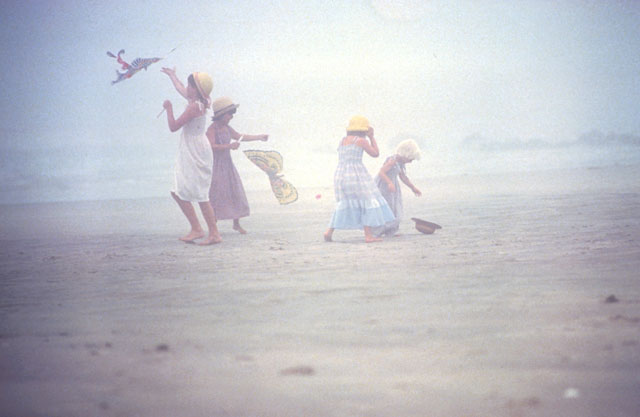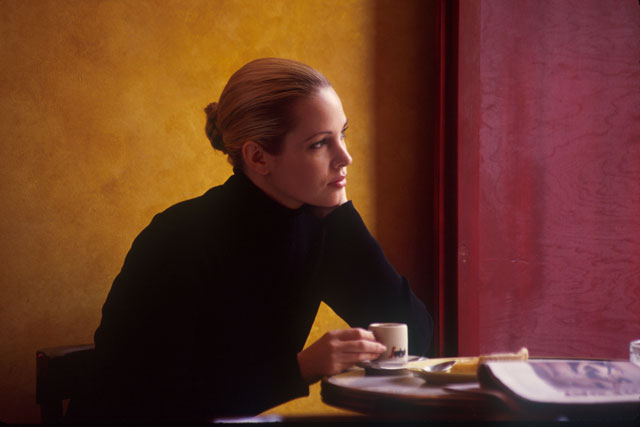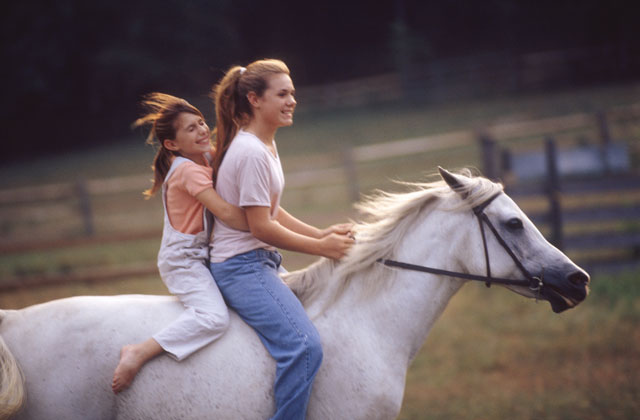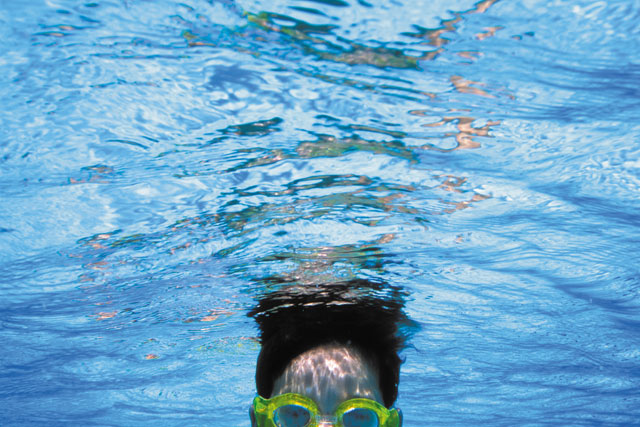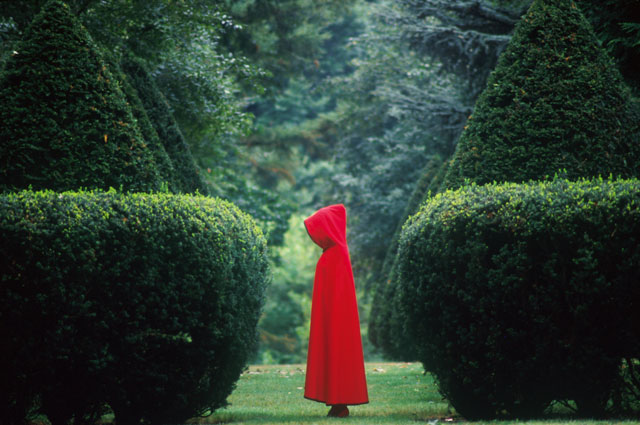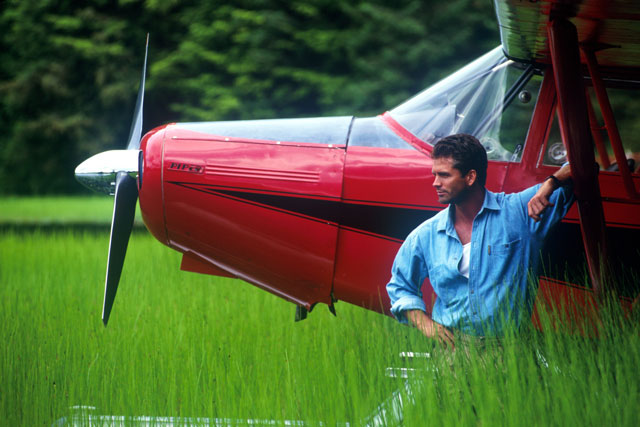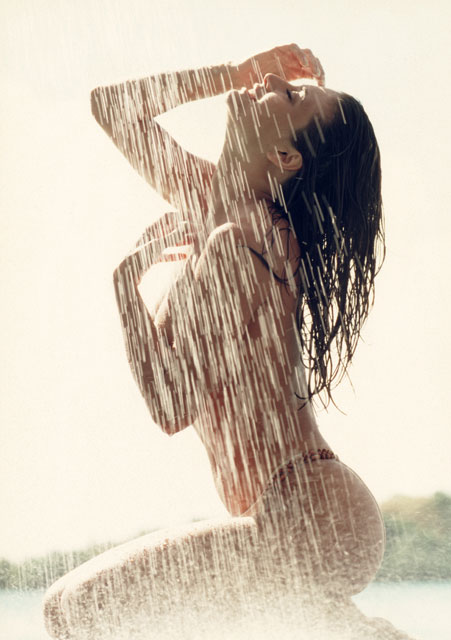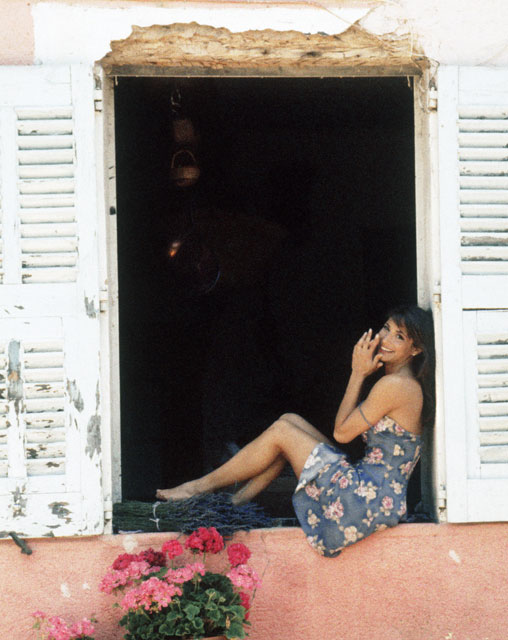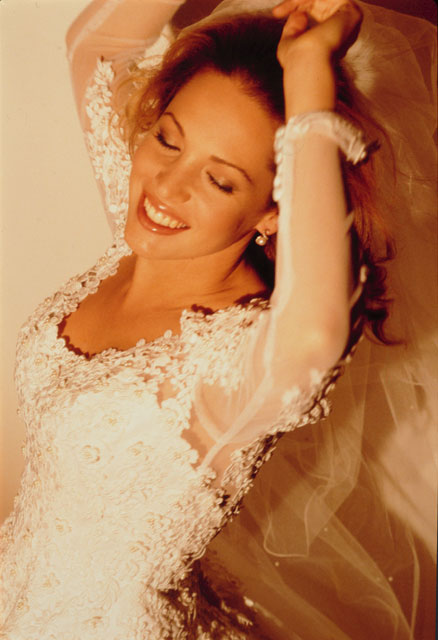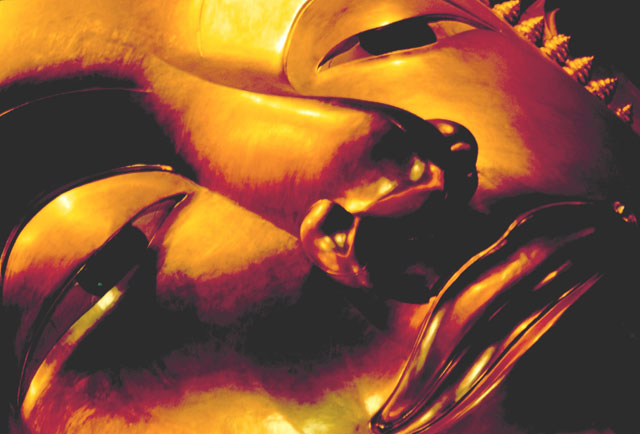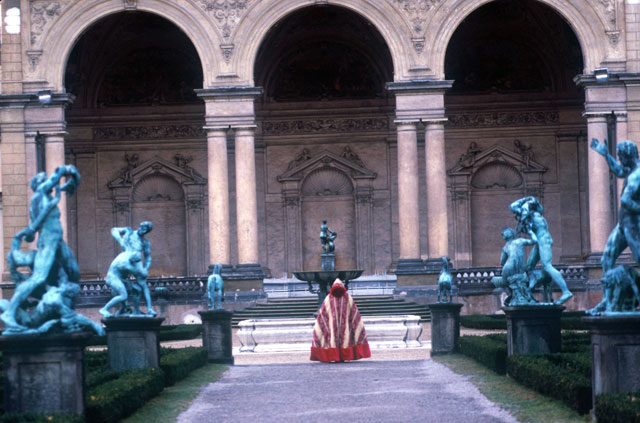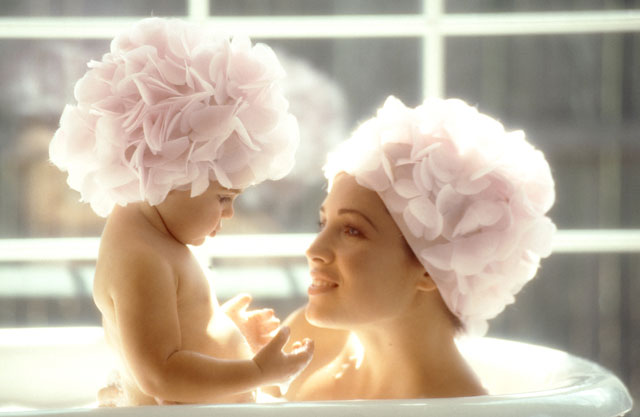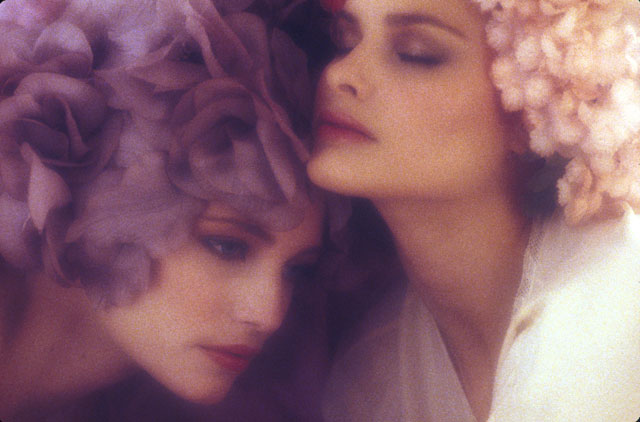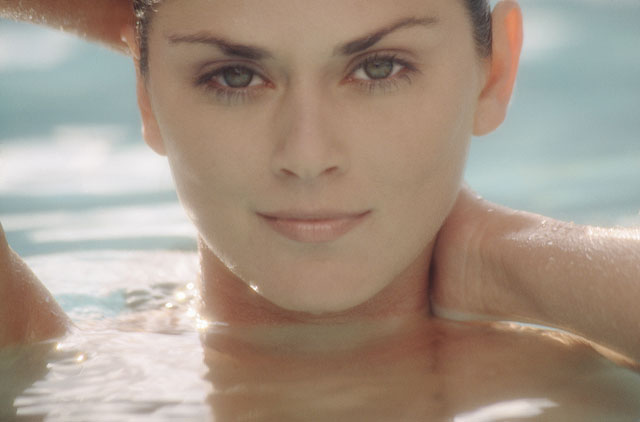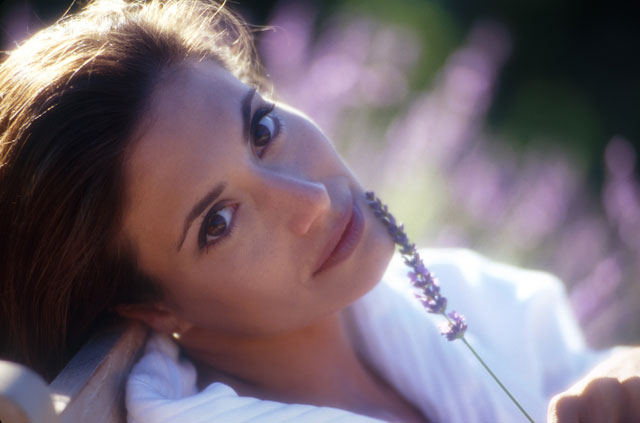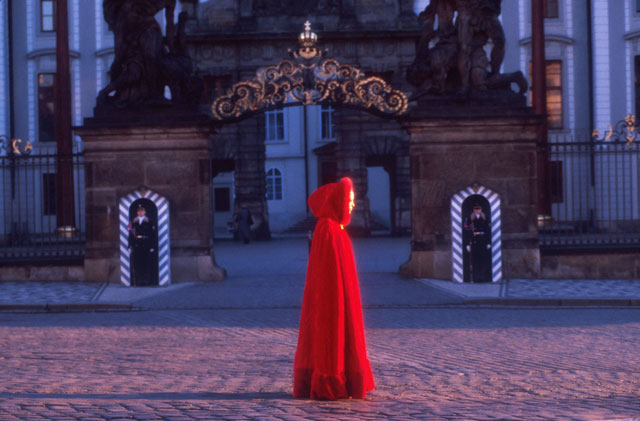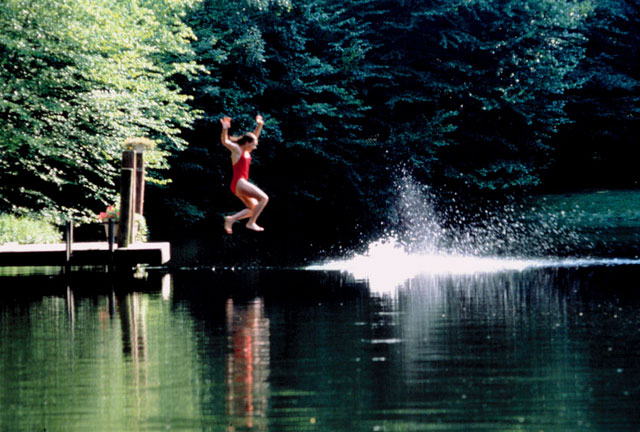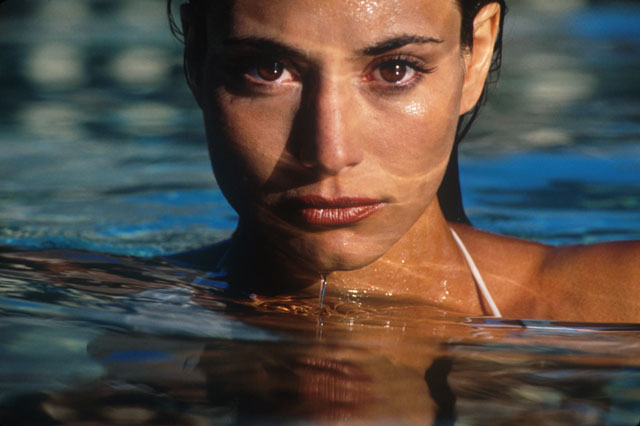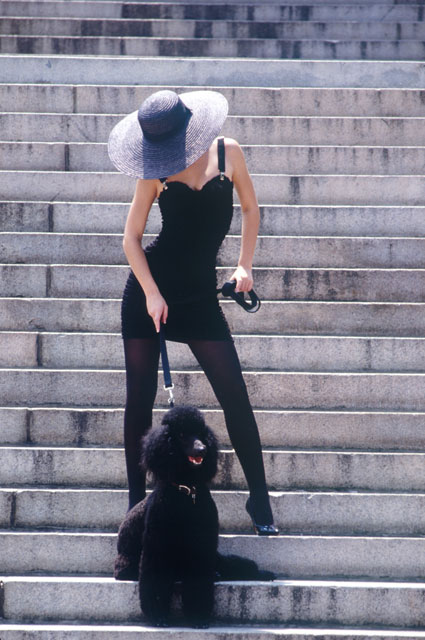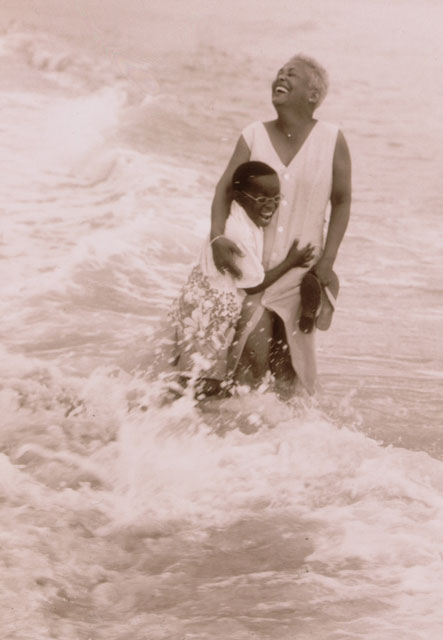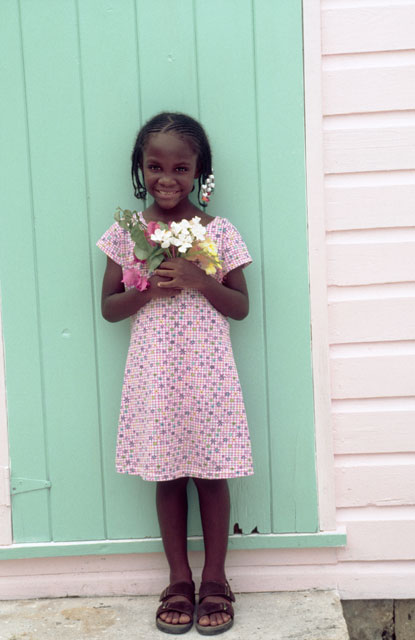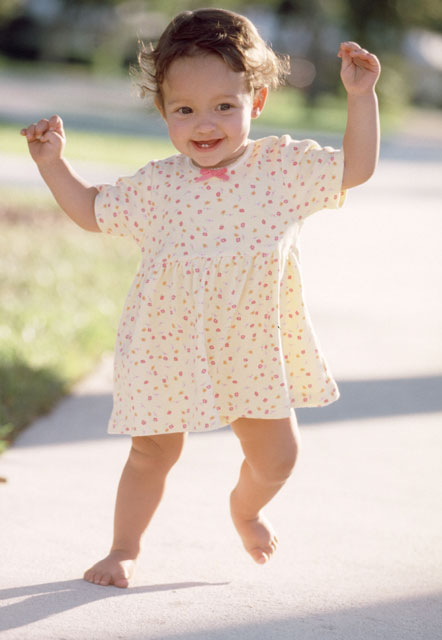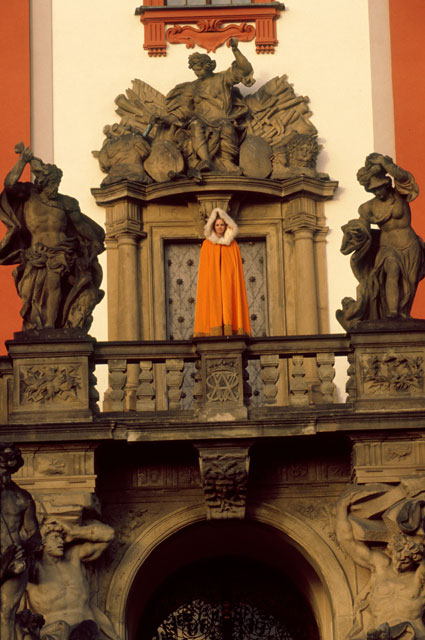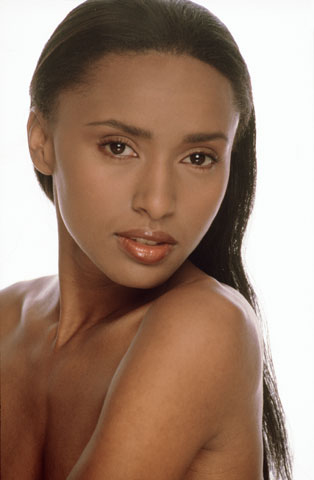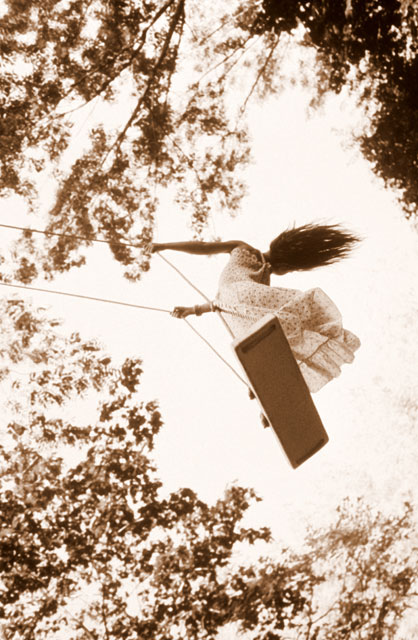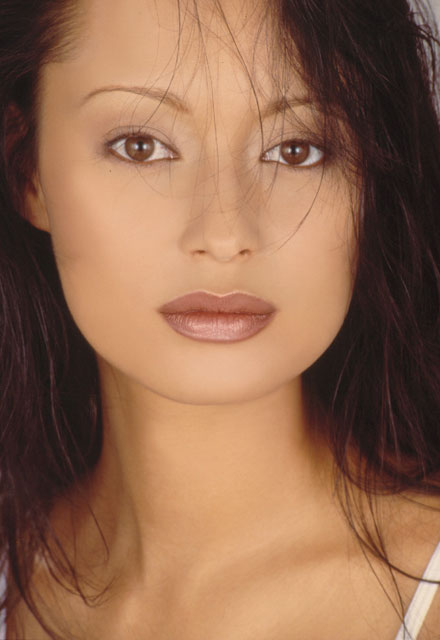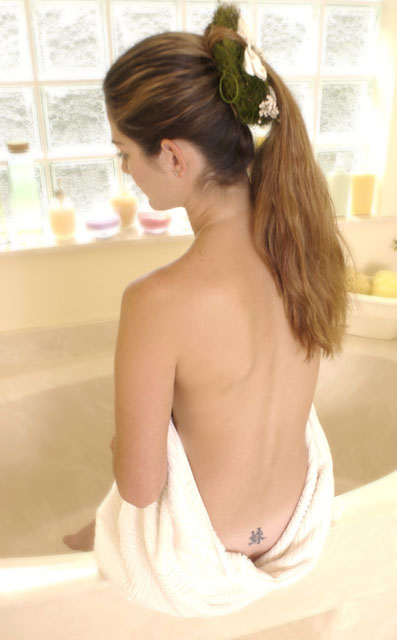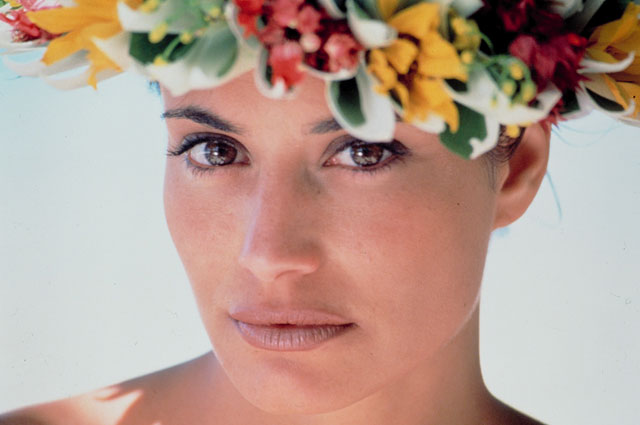Tips from a Model Turned Professional Photographer
Nancy Brown is a Nikon Legend Behind The Lens
Nancy Brown started out in front of the camera. As a model, she enjoyed a 20-year career before deciding to switch sides. "I'd been taking photographs for fun," Nancy says. "You know, the usual stuff—family, kids, vacations and informal pictures of other models. It was a hobby for me." After a while, though, she got more serious about it and, while still modeling, began to build a portfolio of professional-quality work.

When she decided to try her hand as a full-time professional photographer, she found that making the transition wasn't difficult. "Once you were in the business as a model, you could make the calls and people would see you. They knew my name, and when I called up and said I'd like to show my portfolio, well, once they got over the surprise of a person they knew as a model wanting to be a photographer, they said sure, let me see the work."
After courses at the School of Visual Arts and the New School, both in New York City, to learn about the business—specifically shooting for magazines—and some ads in The Black Book, a photographers' directory, a second career was born.
Nancy's style of commercial photography, with an emphasis on beauty, lifestyle and fitness, is marked by her natural ease with the people she's photographing. While it's true that professional models show up ready to be photographed, that's no guarantee that you're going to get great photographs.
What Nancy looks for is personality, intelligence and a willingness to work.
"Good models are intelligent," Nancy has said. "They have common sense, and often they have a sixth sense. When I put them on the set, I don't have to tell them everything that they should do. Because they are bright, they understand the mood of the photo, and they get into—and contribute to—what's going on."
Her advice for photographing anyone—from professional model to family member—is to put the person at ease. "I'm always talking to the people I photograph, on and off the set. The worst thing—and I know this because I was a model—is when the photographer doesn't say anything. There you are in the set, and you're ready to work, and nothing is coming at you from behind the camera—there's no direction, no enthusiasm, no energy."
Nancy's photos have been used in numerous ads and editorial illustrations. These days most of her work is for stock, plus there are assignments for health and fitness-related magazines. She also teaches a series of workshops and seminars.
Often an assignment will be very specific to product and purpose, but for stock her photos are driven by her own ideas. She'll travel near and far—and sometimes work right in her own backyard—to produce concept photos that her agency can take to market. "The photo exists in my head first," she says, "before there's a model or a location or a setting." She'll come up with an idea—she calls it "the motivation of the picture"—and then do whatever's necessary to get that idea on film. It can be very direct—colorful umbrellas on a beautiful beach—or just an abstract concept—like the idea of taking models and a trunk full of capes and photographing in the city of Prague. "I'd done a photograph of a girl in a cape once, and it looked good," she says. "I did a few photos like that on and off over the years, then I decided it was time to pursue it. So the entire shoot on location in Prague came from a single element—a prop, really. Very often my photographs begin with me saying to myself, let me see what I can do with this. Or, let me see what more I can do with it."
And ideas come from observation. Nancy has said that if a photographer is not an observer, he or she is in the wrong business.
"I allow myself to be inspired," Nancy says of the ideas that often become photographs. "I look around me, and I look through magazines, all types, from fashion to food, and something will stop me and inspire me. It will suggest all sorts of possibilities. Then it's my job to take those possibilities and see what I can do with them. I keep a mental wish list, and I take it into the studio and on location."
Although she goes into a shoot with her plans made, Nancy never overlooks the contribution a model can make to the look of a photograph.
"When I say a model's really good, I'm usually talking about what she brings to the shoot. When she begins to make moves on her own that go with the mood of the photo, I go with it and encourage it. And that's when I say those things you always hear photographers in the movies say—'That's great, you've got it, keep it going!' I really do say that, and I mean it. The model knows I'm telling the truth. And then the energy of the shoot takes over."
To see more of Nancy's photography visit her website at http://www.nancybrown.com/.


